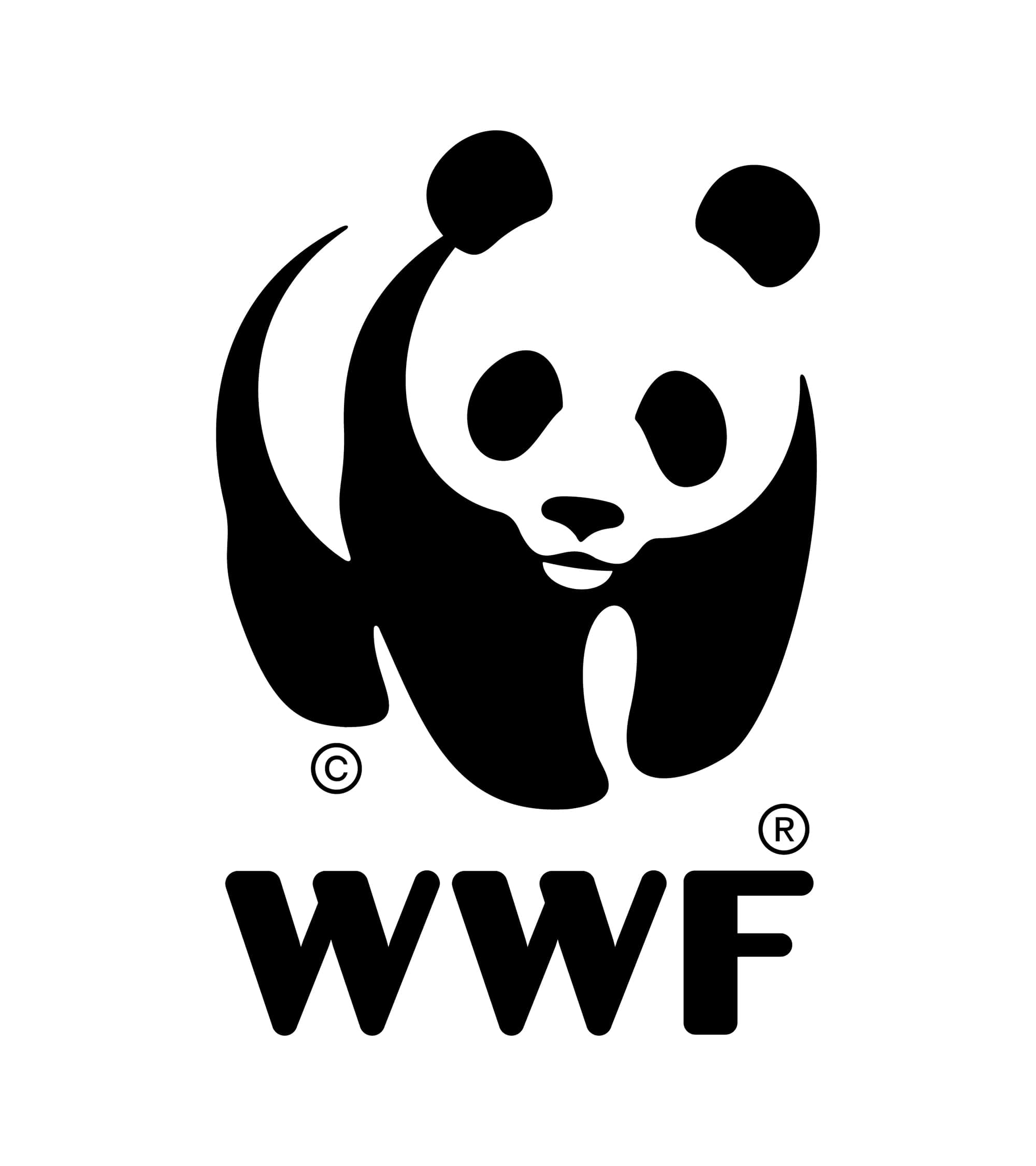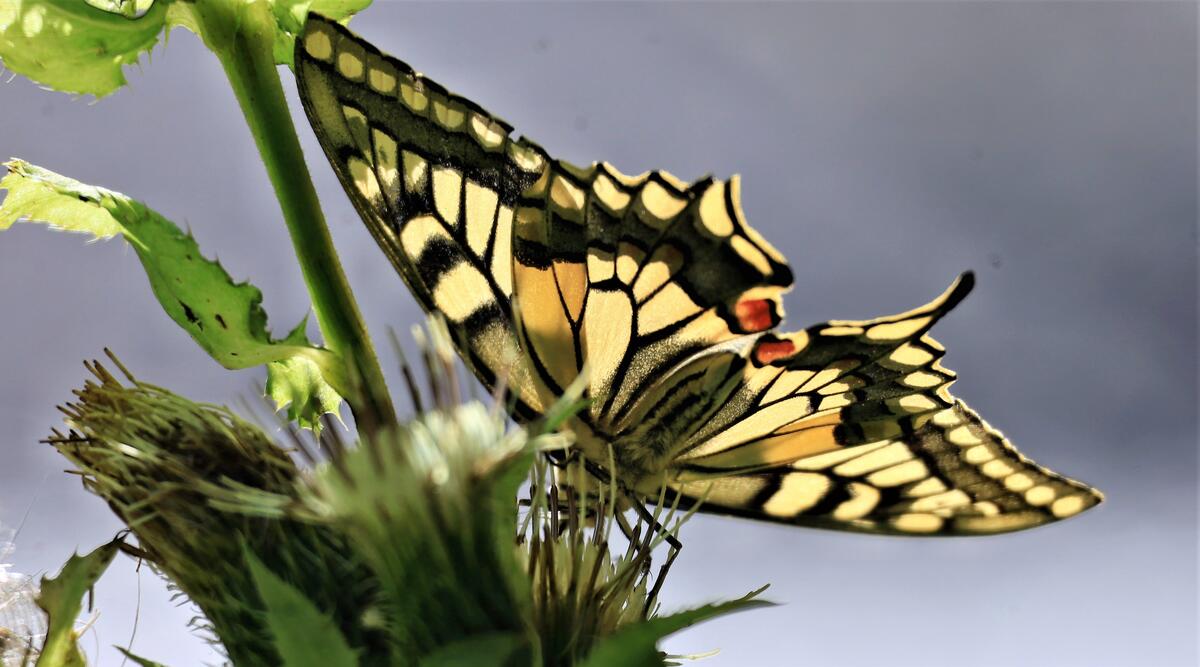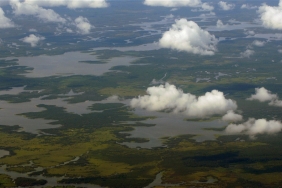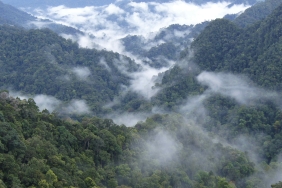CLIMATE CHANGE AFFECTS BUTTERFLY LARVAL GROWTH
TEMPO Interactive, London - A study from the Department of Life Sciences at the University of Notre Dame, London, has revealed that genetic variation can influence the movement of a species from one place to another. Associate Professor Jessica Hellmann has conducted research on two species of butterflies by manipulating the temperature of the butterfly larvae's environment to see how they cope with global warming.
.
The two butterfly larvae tested were the Propertius Duskywing (Erynnis propertius) and Anise Swallowtail (Papilio zelicaon) butterfly species. These two butterfly species were chosen because they are cold-blooded insects and, despite having different ecologies, they live in the same ecosystem. ""From these differences and similarities, we wanted to find out their response to global warming,"" says Hellmann.
.
The Duskywing is a small butterfly that lives on the west coast of the United States. It is unable to fly long distances. Because it can only fly short distances, the genetic makeup of the Duskywing group has not spread very far. The larvae of this species are also unique in that they only consume oak leaves.
The butterfly larvae also ""voraciously"" feed on a variety of plants that also serve to spread their genes.
From the different reactions of the two butterfly species to temperature changes, the research team will further investigate what genes are responsible for the larval development response in each species. ""We will use genomic tools to learn what genes are involved when these species experience climate change,"" Hellmann said.
.
.
ScienceDaily | Rini K





